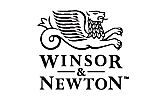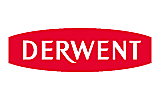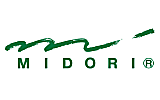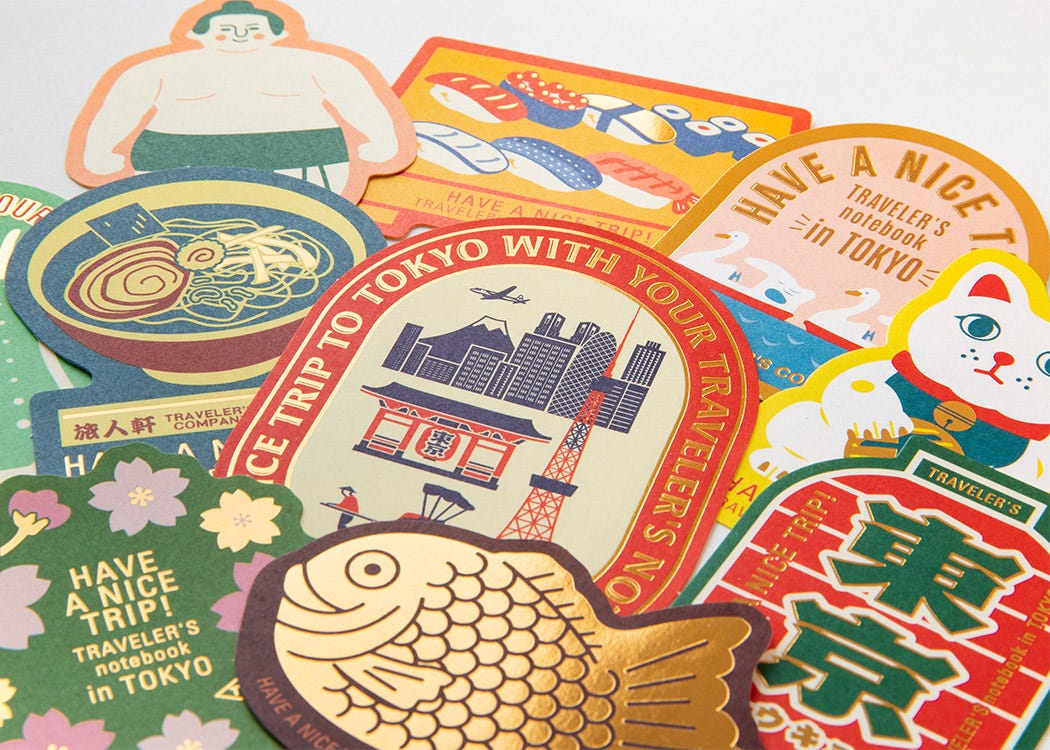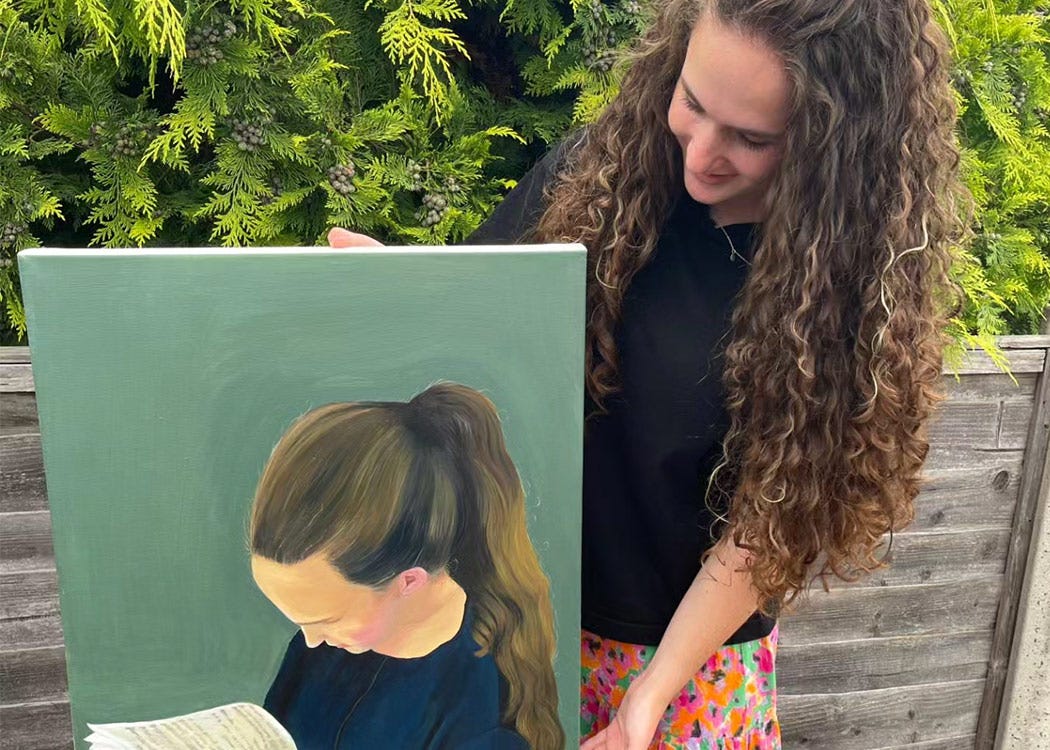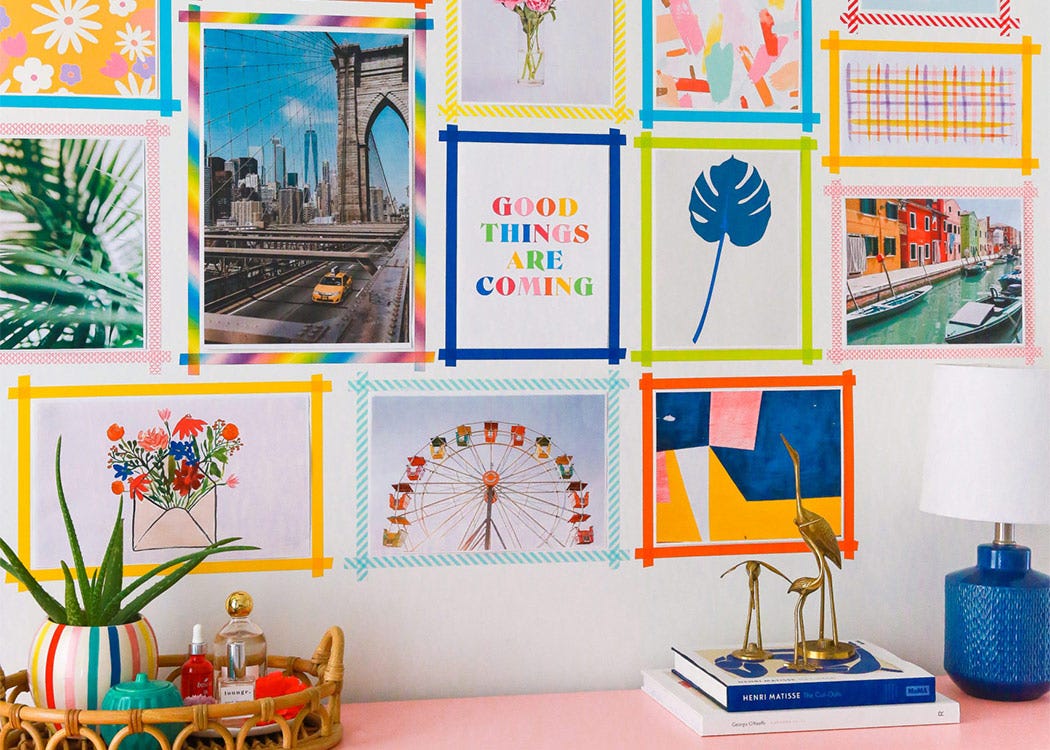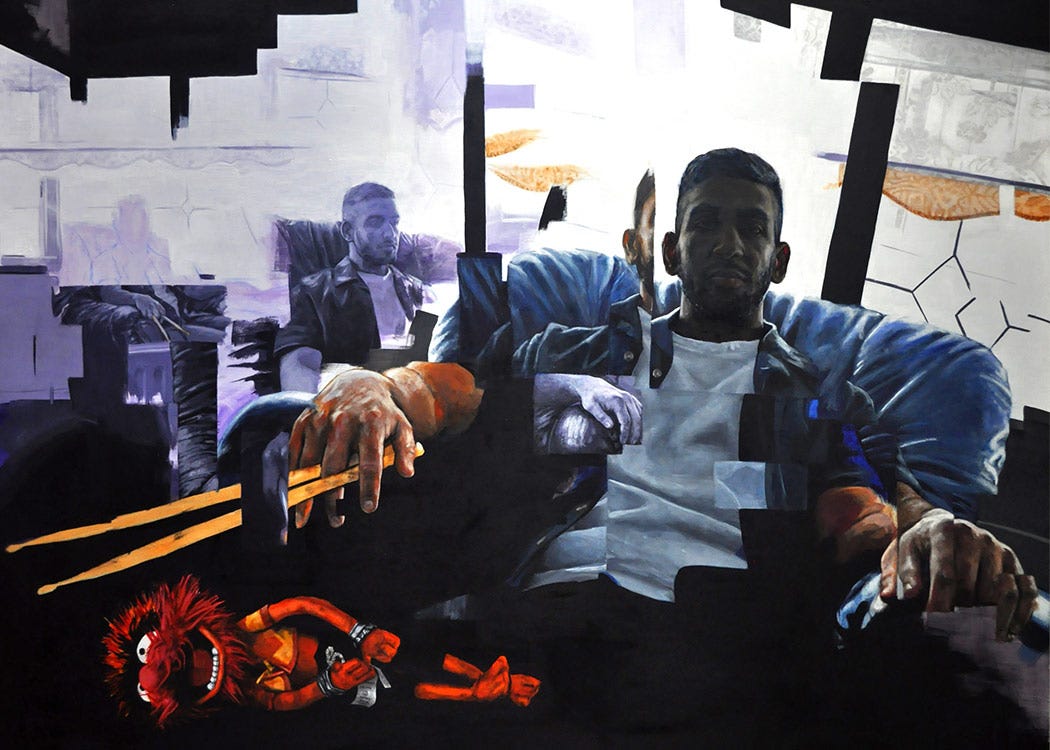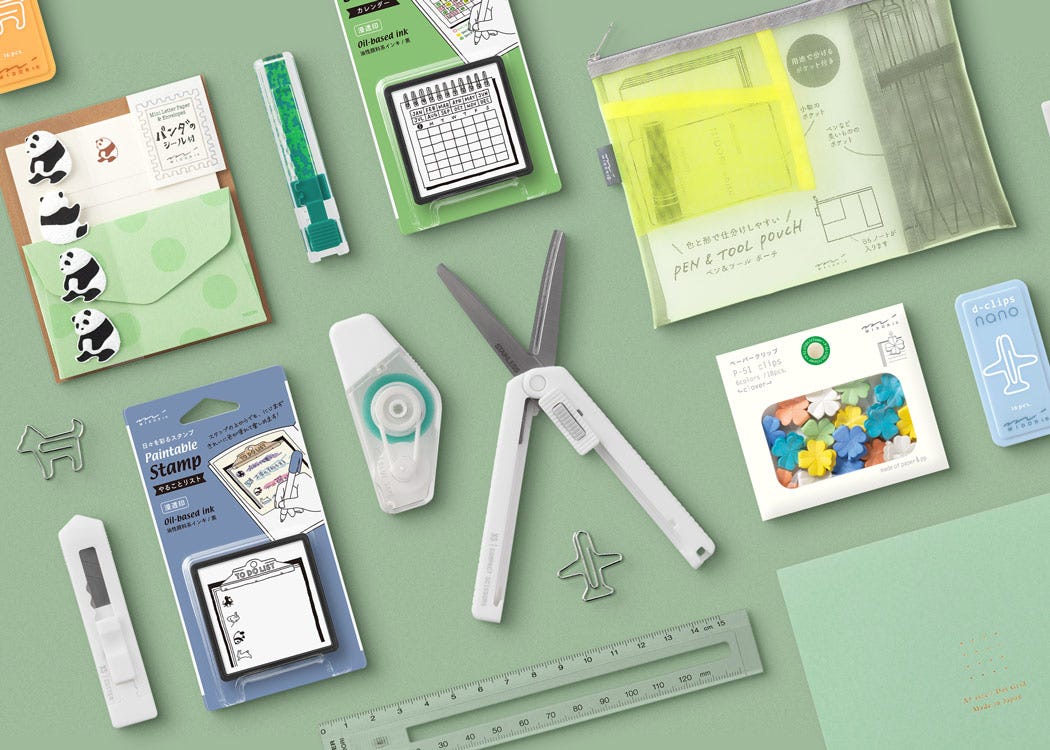The art of the smudge: pencil, charcoal, pastel and digital


The smudge is a blessing and a curse to the artist.
Whether you're using pencil, charcoal or pastel.
So how can you achieve the perfect smudge?
If you search online for 'pencil smudge' the results are just as likely to offer you expert tips on avoiding accidental smudges as there are expert tips on achieving the perfect smudge.
The smudge is both a blessing and a curse to the artist, whether using pencil, charcoal or pastel. As we're the sort whose glass is always half full, rather than half-empty, we decided to look into the art of the smudge, rather than the 'aaarrrggghh' of the smudge.
How can you achieve the perfect smudge?
What is this technique best used for?
Are there different methods for different materials?
And what if the smudge is digital?
The pencil smudge
The argument runs like this:
'Correct shading with pencils can only be achieved using hatching and cross-hatching techniques and for this, you must avoid both very hard and very soft graphite – stick to the mid-ranges offered by HB and 2B pencils. And remember, the smudge is for heavy-handed (and dirty-fingered) amateurs, rather than accomplished professionals.'
We beg to differ.
Go soft we urge you – and smudge that graphite as if there were no tomorrow!
Smudging will blur your shading and make your drawing less crisp, but there's nothing intrinsically wrong with blending shadow values closer together, reducing contrast and diminishing the difference between highlights and midtones. It just depends on what sorts of effects you are looking to create – and the best smudge effects are created using softer pencils.
Go on, delve deep down into that B-range and here's how you'll be rewarded.
- Smudging creates softer, more blurry shadows than traditional shading.
- It can be used to add a dream-like quality to your drawing.
- It can suggest distance.
- It will help represent softer objects, such as clothes or clouds.
- It evokes misty or rainy conditions.
- It can recreate the softer shadows and warmer contours of human skin.
Not convinced yet?
Then we'll play the lazy card!
Smudging means that you have to work less to achieve shading. You simply put some graphite down and then smear it to cover a larger area much more quickly, thanks to the resulting blurred shadow.
Not all smudges produce the same effect – experiment with how you smudge to achieve a range of subtly different effects. Your finger may be the most natural starting point, but don't be afraid to try out a purpose-made blending stump, cotton bud, a scrap of soft leather, piece of linen or household tissue.
If you've not used a blending stump before, here's the low-down.
This artist’s smudge set is ideal for graphite, charcoal and pastel work. It includes a sandpaper pad for shaping and sharpening, a kneadable eraser, a stainless steel eraser shield, a chamois leather for smudging and five blending stumps.
Blending stumps are tightly wrapped paper made into a pencil-like stick with points at both ends. There are many different sizes available: the smaller the stump, the finer your smudging will be. Like a wild stallion, you'll need to break in any new stump. Dirty them up before use by rubbing into graphite: with time they just get better as they become 'seasoned' with use. And the same thing will happen to your smudging technique itself.
The charcoal smudge
For black and white drawing there's nothing that can match charcoal's velvety dark smudge pools and its ability to create loose, gestural marks.
Let's take a look at how those smudges can enhance the expressive spontaneity of your charcoal sketches.
Charcoal comes in two distinct forms: vine charcoal and compressed charcoal.
Vine charcoal is charred willow and is available in a range of thicknesses. It's incredibly lightweight – tipping the scales at just a hair's width above nothing – and this is why it lends itself so well to rapid, dynamic delineations that skate effortlessly over your sketch pad.
Vine is also perfect for light-touch blending and smudging but it does not do deep dark shades. For depth and solidity, you'll need compressed charcoal.
Compressed charcoal is more like a pencil — and, indeed, it often comes in pencil form. It offers a much less messy drawing experience than its vine sibling: the charcoal is packed very tightly, as its name suggests, and this makes for a bold finality that is nigh on impossible to blend and very difficult to erase. Use it for fine details and rich, deep shadows.
(You can also find white compressed charcoal, which works well for adding highlights and accents.)
The kneaded eraser is a much-needed (sorry!) tool when smudging charcoal. If you ever played with silly putty as a kid you'll feel at home with this. It can be shaped in your hand and to clean it you simply pull it apart and smoosh it back together again. It will erase charcoal lines and marks but it's nowhere near as effective as a regular eraser. Its weakness is its strength: you can use it to knock back depth in your smudging or to create textural patterns.
Now that you've got to grips with the essentials, let's start smudging our charcoal marks into art. Your trusted finger, a chamois, leather or a blending stump will smear, smudge and blend charcoal to the best effect.
Use vine charcoal as the base for your drawing, and smudge it, layer it or erase it as necessary. Compressed charcoal will provide those final defining lines, intricate details and rich depth wherever required.
By combining vine charcoal, compressed charcoal, a kneaded eraser and softening the smudge, you have an almost infinite number of ways to create texture, depth, shadow and light. Throw in the highlights of white compressed charcoal and you can create the perfect finish.
The pastel smear
There are so many different types of pastels that you need some form of European Union directive to determine exactly what is – and is not – a pastel (pending Brexit deals and so on).
Not one for arguments, we are going to focus on the delightfully soft, dry pastel.
One of the beauties of working with these is that they are so easy to soften with a cheeky smudge, but do make sure you are using a surface suitable for them. You'll need something with texture (or tooth, as it's known in the trade). If it's too smooth the pastels simply won't adhere. Your surface should also be pH-neutral because the acidity can shift the colour and cause brittleness. Good surfaces include canvas, watercolour paper, pastel paper and sandboard.
All the paper and canvas you need to get smudging with pastels.
Enough practicalities: let's get creative.
Use your pastels to block out the lights and darks. Also, place your deeper colours individually before you start to smudge.
Pastels are a tactile medium so it's best to simply use your fingers or your whole hand – although the mess-adverse can resort to a glove, brush or blending stump. Pastel colours are blended on the art surface, rather than on a palette. You can achieve a variety of colours through this 'in situ' layering and smudging.
- Smudge in sections: starting with the darkest colours.
- Clean your fingers or smudging tool after each section to avoid mixing colours.
- Smudge in layers and, once your layer is complete, apply a fixative. Remember that it will not be possible to smudge a layer any further once it is fixed.
- Apply new layers of pastel to define objects in your painting. Add in detailed strokes, hard edges, brighter lights and darker darks.
- On later layers smudge gently. You want to soften using the lightest of touches now.
The smudge in the digital age
The smudge has, in the past few years, gone digital.
A new art form has emerged based on digitally reworking photos using blurs and smudges to make them resemble an oil painting, rather than the crisp image from a sharply focussed camera.
Just a quick glance at 'smudge paintings' on Instagram reveals a strong geographical and cultural bias to this technique. And an even more cursory glance at Google Trends lays bare the provenance of the digital smudge.
Digital painting and drawing software specialists Sketchbook liken the popularity of smudge painting to the trend for adult colouring books: it's a creative task that's perfect for non-artists who are also art lovers.
Yet, they express bemusement as to why Indonesia should lead the digital smudge way. We too are at a loss to explain it. If you have any idea why the digital smudge is embedded so deep into contemporary Indonesian culture, please share it.
Kita tidak tahu kenapa. (Or, 'We have no idea why', as they say in Bahasa Indonesia.)
We'd love to hear all your smudge tips, see your favourite smudge art and learn from your recommendations for the best pencils, pastels, art paper and charcoal. Of course, if we can be of any help you can find us, as ever, in our Covent Garden store or online.
We're the ones with slightly grimy looking fingers!
Chapter header goes here.


Full width image


Left image text here


Right image text here
Remember to share your creations, tagging @londongraphiccentre
